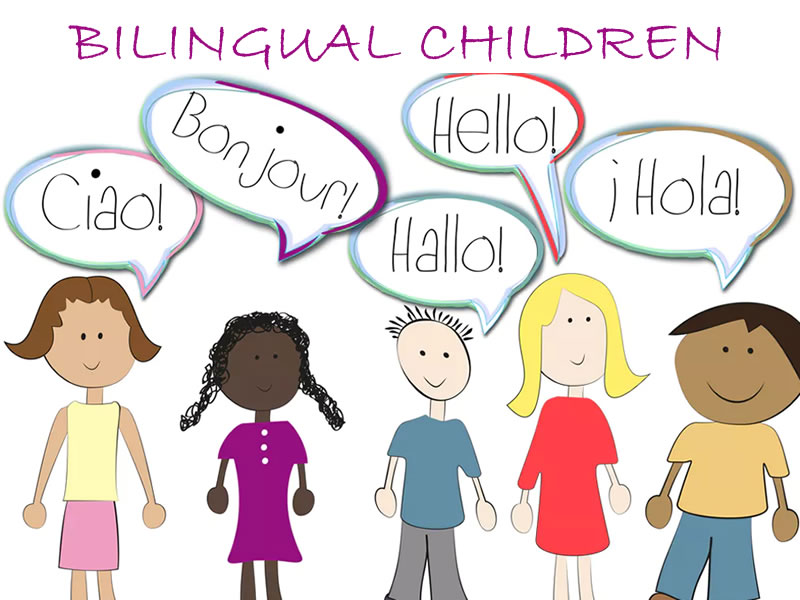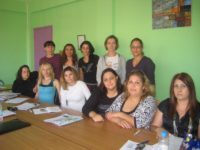The many cognitive, academic and social benefits of learning foreign languages have encouraged parents around the world to raise bilingual children. To take advantage of this unique stage in life, parents interested in bilingualism have to make a conscious effort to help their children learn.
Here we describe five methods for raising bilingual children.
- One parent, one language
In families where each parent has a different language, a popular technique is “One parent, one language” (also called “One person, one language” or OPOL). As the name suggests, parents who practice OPOL only speak their native language to their children, both at home and abroad. For example, a Greek mother speaks Greek and a English father speaks English. We must take into account the case in which the family lives in a country whose language is not one of their languages (for example, Spain). In this case, that language becomes the majority language and logically the children will use it in a more habitual way and will dominate it more quickly. It will be helpful to stock up on resources, such as books and movies, and to interact regularly with other minority language speakers (including family members, friends or a babysitter).
- Minority language at home
Another option is the technique “minority language at home” or ML @ H. This can work when the two parents are comfortable in one of the two languages spoken by the couple or in more native languages. For example, an Greek mother raises her children in America with her American husband, who also speaks Greek. In this case, the whole family speaks Greek at home, but outside the home they speak English. This approach can avoid the feeling that many parents have that they are “excluding” others from the interaction with their family when they are away from home. It also provides a clear framework for children, the home becomes the “switch” to change language.
- Living in another Country
In this case, a family moves to a foreign country and speaks the mother tongue of the parents at home (or languages), while the children learn and speak the language of their adopted country at school or with their friends. A great advantage of this option is that children will progress thanks to a foreign school system, which will make them know effectively what it is to study abroad before reaching college age. Once they become adults, these children – sometimes called “Children of the Third Culture” – find the idea of going to study or work abroad less intimidating.
- Linguistic Immersion Programs
If moving abroad is not an option, parents may wish to look for foreign language schools in their own country, where students are provided with a language immersion in which all classes are taught in a foreign language. Parents can use these schools to strengthen a minority language while living abroad or to instill a second language for their children while living in their own country. The possibility of studying modules abroad, in addition to the linguistic immersion provided, can expand the later options for higher studies or careers.
- Learning a language at home and abroad
For monolingual parents who do not have the possibility of moving abroad, one way for their children to learn another language is to look for options to interact in another language. Although children are often referred to as “sponges”, it is important to remember that although it is much easier for young minds to learn foreign languages, they still need a lot of practical (and varied) hours. You can attack the problem from a number of angles; targeting children to language classes, summer schools and study trips abroad. You can even find cartoons and kids’ shows in several languages on YouTube. Cartoons and TV shows allow bilingual children to hear different tones and accents, and even different expressions in the second language they are learning. Their vocabulary and comprehension will also be greatly enhanced by hearing different characters play out stories in the kids’ second language.







